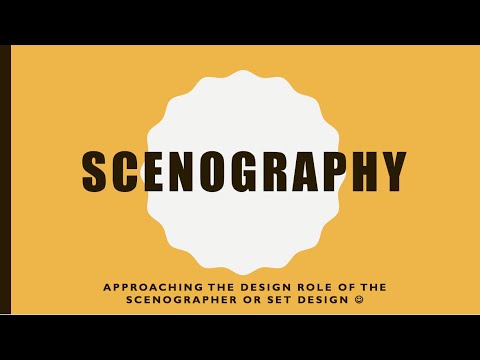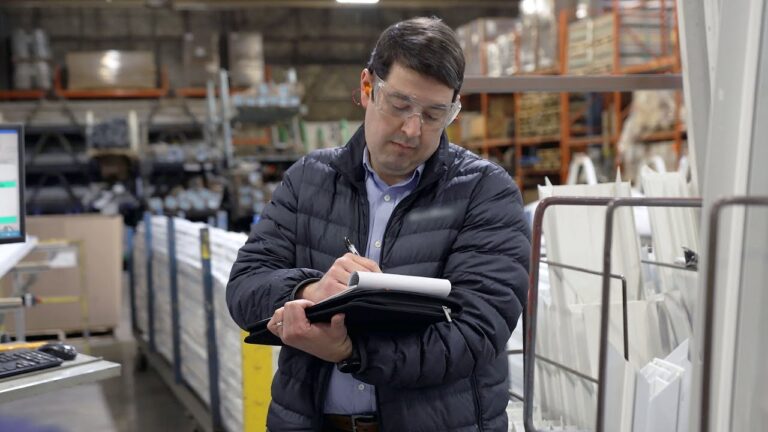Lucrative Career: Jewellery Designer Job Description and Salary

Jewellery Designer Job Description Template
Jewellery Designer Job Description A jewellery designer is a creative professional who is responsible for designing and creating various types of jewellery pieces. They work closely with clients, understanding their preferences and requirements to create unique and customized designs. The main responsibilities of a jewellery designer include sketching and creating design concepts, selecting the right materials and gemstones, and overseeing the entire production process. They need to have a good understanding of different jewellery making techniques and be able to use various tools and equipment. Attention to detail is one of the most important qualities for a jewellery designer. They need to have a keen eye for precision and be able to create intricate and delicate designs. They should also have a good sense of aesthetics, being able to create visually appealing and stylish jewellery pieces. Creativity is another crucial trait for a jewellery designer. They need to constantly come up with new and innovative designs to attract customers and stay ahead in the competitive market. They should be able to think outside the box and create unique designs that reflect the latest trends and fashion styles. In addition to designing, a jewellery designer also needs to have good communication and interpersonal skills. They need to work closely with clients, understanding their needs and preferences, and providing them with excellent customer service. They should be able to effectively communicate their ideas and concepts to clients and collaborate with other professionals, such as gemstone suppliers and manufacturers. Overall, a jewellery designer plays a vital role in the jewellery industry. Their creativity, attention to detail, and ability to create unique designs are essential for creating stunning and exquisite jewellery pieces that are loved and cherished by customers.Jewellery Designer Responsibilities
Jewellery Designer Requirements
How Much Does A Jewellery Designer Make?
Jewellery Designer Salary
| Experience Level | Salary Range |
|---|---|
| Entry Level | $35,000 – $50,000 |
| Mid-Level | $50,000 – $80,000 |
| Senior Level | $80,000 – $120,000 |
A Jewellery Designer’s salary can vary depending on their experience level. Entry-level designers can expect to earn between $35,000 and $50,000 per year. Mid-level designers, who have gained some experience and expertise, can earn between $50,000 and $80,000 annually. Senior-level designers, with extensive experience and a strong portfolio, can earn salaries ranging from $80,000 to $120,000 per year. These salary ranges may also be influenced by factors such as the designer’s location, the size of the company they work for, and their individual skills and reputation in the industry.
Jewellery Designer Salaries by Country
Top Paying Countries for Jewellery Designer
| Country | Salary Range |
|---|---|
| United States | $50,000 – $100,000 |
| United Kingdom | £30,000 – £60,000 |
| Australia | AUD 60,000 – AUD 100,000 |
| Canada | CAD 50,000 – CAD 90,000 |
| Germany | €35,000 – €70,000 |
A jewellery designer’s salary can vary significantly depending on the country they work in. The table above showcases the top paying countries for jewellery designers. In the United States, the salary range typically falls between $50,000 and $100,000 per year. In the United Kingdom, the range is usually £30,000 to £60,000. Australia offers salaries ranging from AUD 60,000 to AUD 100,000, while in Canada, jewellery designers can expect to earn between CAD 50,000 and CAD 90,000. Germany’s salary range for jewellery designers is typically €35,000 to €70,000. These figures are just a general guideline, and actual salaries may vary depending on factors such as experience, skill level, and employer.
A video on the topic Jewellery Designer
Video Source : Vanity FairInterview Questions for Jewellery Designer
1. How did you become interested in jewellery design?
I have always had a passion for art and creativity. I was drawn to the intricate details and craftsmanship of jewellery, which led me to pursue a career in jewellery design.
2. What is your design process when creating a new piece of jewellery?
My design process usually begins with research and inspiration gathering. I sketch out rough ideas and then move onto creating digital or physical prototypes. Once I am satisfied with the design, I proceed to select the materials and begin the manufacturing process.
3. How do you stay updated with the latest trends in jewellery design?
I regularly attend industry events, such as trade shows and exhibitions, where I can see the latest designs and trends. I also follow fashion publications and stay active on social media platforms to keep up with the current jewellery design trends.
4. What materials do you prefer to work with and why?
I enjoy working with a variety of materials, but I have a particular affinity for precious metals like gold and silver. These materials offer durability and a timeless elegance to my designs. I also like incorporating gemstones into my pieces to add color and vibrancy.
5. How do you ensure that your jewellery designs are unique and distinct from others?
I believe that creativity and originality are essential in jewellery design. I strive to create designs that are inspired by various sources but have a unique twist that sets them apart. I also pay attention to the details and craftsmanship, ensuring that each piece is meticulously made.
6. How do you balance creativity with commercial viability in your designs?
While creativity is important, I understand the need for commercial viability in the jewellery industry. I always keep in mind the preferences and demands of my target market when designing. I aim to strike a balance between unique and commercially appealing designs to cater to a wide range of customers.
7. What has been the most challenging project you have worked on as a jewellery designer?
One of the most challenging projects I worked on was designing a custom engagement ring for a client with very specific requests. It required a high level of attention to detail and a deep understanding of the client’s preferences. However, seeing the client’s satisfaction with the final product made it all worthwhile.
8. How do you handle criticism or feedback on your designs?
I believe that constructive criticism is essential for personal and professional growth. I welcome feedback on my designs and use it as an opportunity to improve. I take the time to listen to the concerns or suggestions and evaluate how they align with my design vision.
9. Can you describe a memorable moment or accomplishment in your jewellery design career?
A memorable moment in my career was when one of my designs was showcased in a prestigious jewellery exhibition. It was an honor to have my work recognized and appreciated by industry experts and the public. It served as a validation of my skills and dedication to my craft.
10. What advice would you give to aspiring jewellery designers?
I would advise aspiring jewellery designers to never stop learning and experimenting. Take the time to develop your skills, study different design techniques, and stay updated with industry trends. Building a strong portfolio and networking with industry professionals can also greatly enhance your career prospects.






